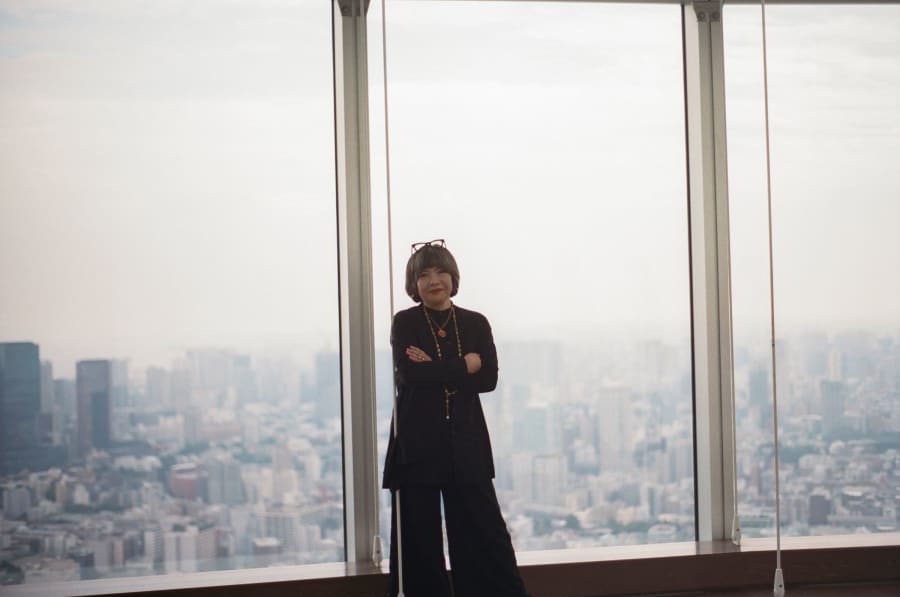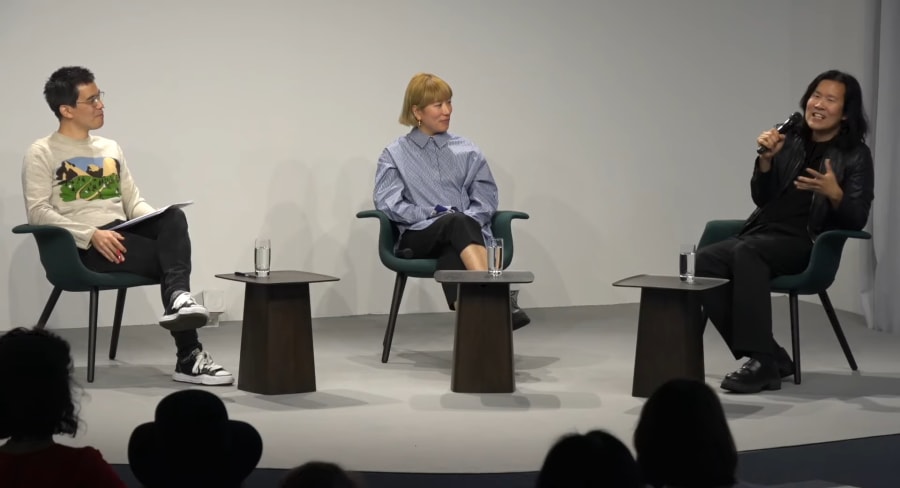Nestled on a wooded hillside just 20 minutes from Kyoto, Villa Kujoyama’s concrete structure unfolds across the mountainside. Each year, approximately 15 artists and creatives based in, or from, France, spend four to six months here. Renowned figures like visual artist Pierre Huyghe, writer Emmanuel Carrère, and singer Pomme have taken up residence here.
Inspired by its Roman counterpart, the Villa Medicis, Villa Kujoyama was inaugurated in 1992, when the concept of artistic residencies was still emerging in Japan. A place for dialogue between cultures, it is supported by the Institut Français, and forms part of France’s cultural diplomacy, driven by a commitment to artistic development. It continues a tradition rooted in the ‘Franco-Japanese Center for Exchange and Creation’ established on the same site in 1926 by the writer Paul Claudel, then French Ambassador to Japan.
Breaking down disciplinary boundaries
Innovation lies at the very heart of Villa Kujoyama. In its call for applications for residencies in 2025, it has included an ‘arts and sciences’ program to mirror society’s rapid technological evolution. Pairings of artists or artisans and scientists (working in the fields of either experimental or mathematical science) are invited to apply, with the aim of fostering interdisciplinary exchange and bringing new energy to contemporary creation.
From the beginning, Villa Kujoyama has welcomed creators from diverse fields, including the visual and performing arts, music, digital art, design, literature, and research. Its mission has always been to promote exchange between residents, reflecting the evolution of artistic practices.
A showcase for craft
Villa Kujoyama offers a unique opportunity to connect with Kyoto’s centuries-old craft traditions. Master artisans specializing in lacquerware, silk dyeing, and ceramics share their expertise with residents. In 2024, artist Ulla von Brandenburg explored Kyoto’s heritage by documenting the shadows of objects and transferring them onto textiles using yuzen dyeing and boro sewing techniques – a reflection on her way of engaging with the world.
Expanding the residency to include arts and crafts was a natural evolution for Villa Kujoyama, especially since the Bettencourt Schueller Foundation became its primary sponsor in 2014. As a pioneer among France’s artistic residencies, it paved the way for the inclusion of crafts at Villa Medici, Villa Albertine (USA), and Casa Velázquez (Spain).
The upcoming addition of residents working in natural and formal sciences underscores Villa Kujoyama’s spirit of openness and innovation, and its desire to support ever more ambitious and unexpected creations.
Rebecca Zissmann is a cultural journalist based in Paris, specializing in Japanese culture.
English translation: Art Basel.
Caption for header image: Villa Kujoyama. Photograph by Kenryou Gu. © Villa Kujoyama
Published on November 7, 2024.


